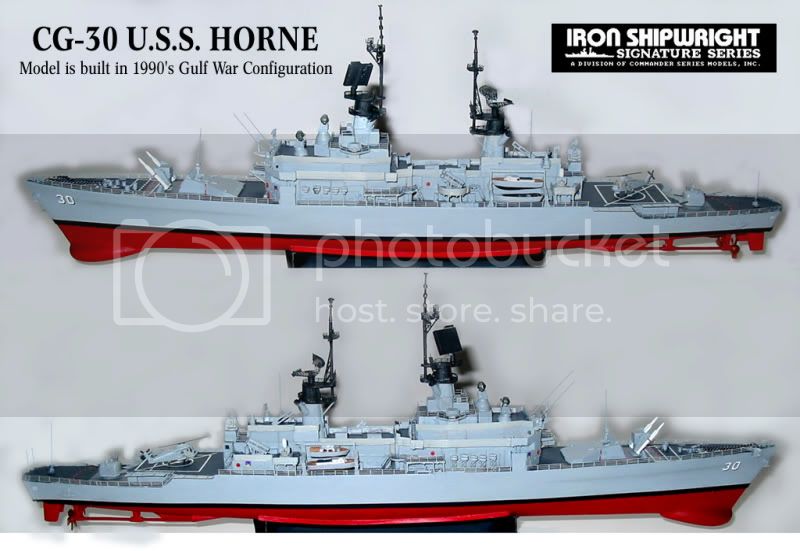
and I have a question concerning the sequence of painting the three colors. Mainly I am concerned about the black "boot topping" strip at the waterline....masking it off and painting. Should I do the red bottom first or the haze gray of the upper hull first?
Being new to this, I have to ask some pretty elementary questions. Thanks for your help.





















